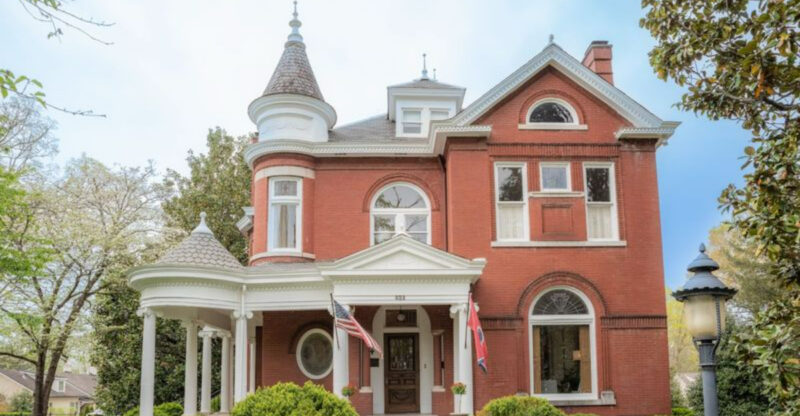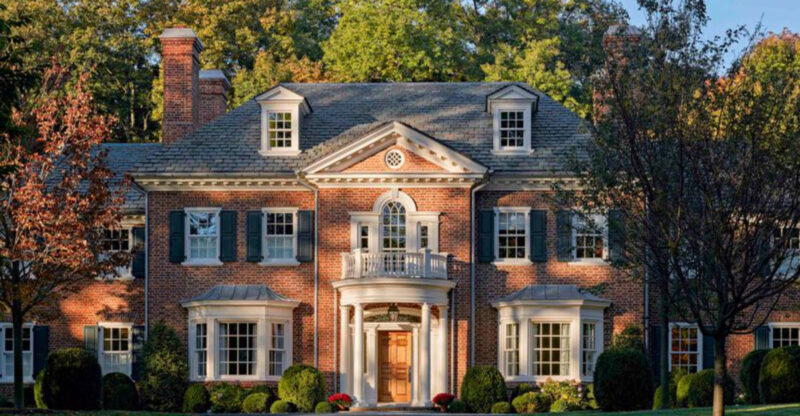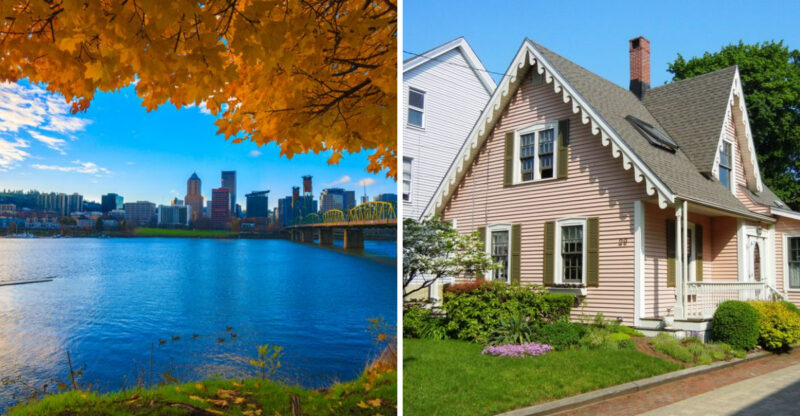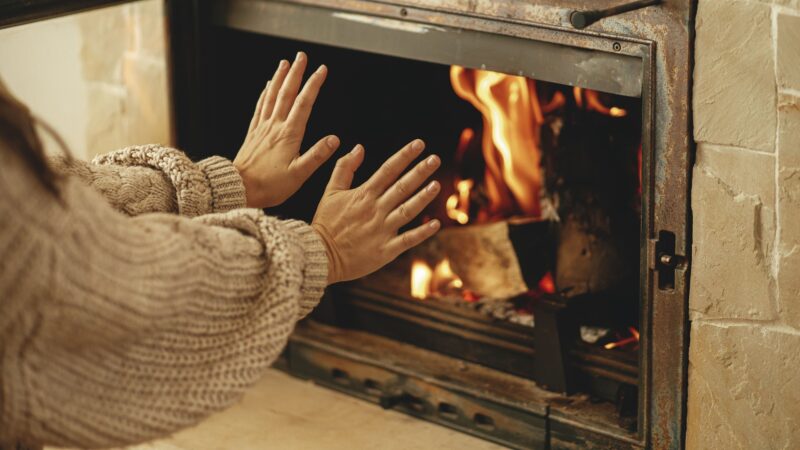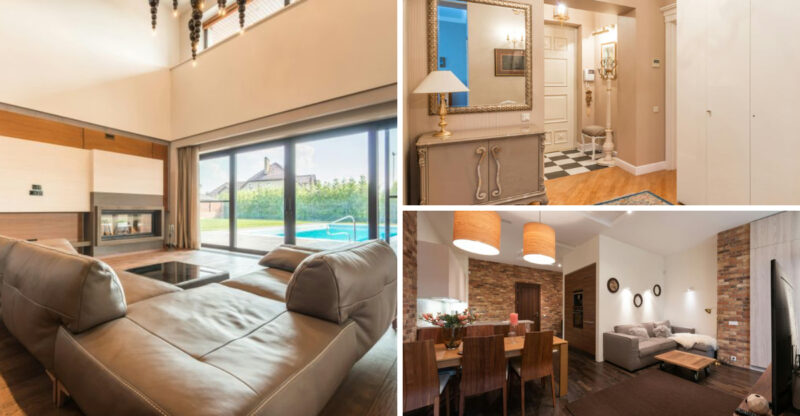These 7 Kitchen Looks Are Losing Ground In Washington D.C., And 8 Enduring Favorites To Try Instead
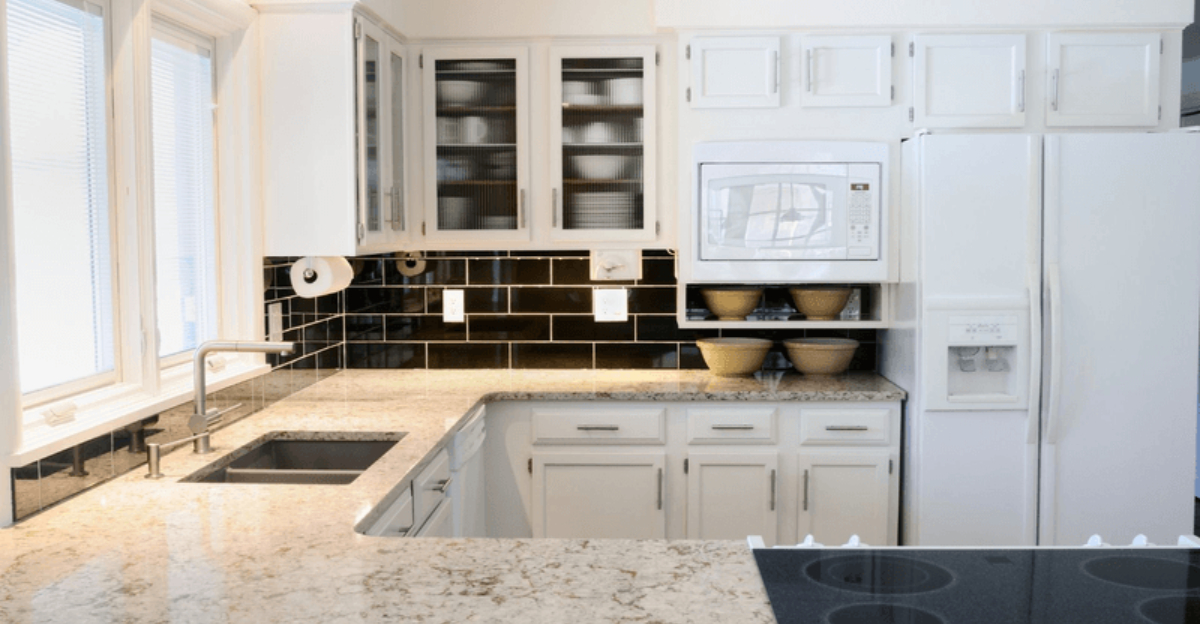
Kitchen styles in Washington D.C. are evolving faster than political opinions on Capitol Hill! As a designer who’s worked with countless D.C. homeowners, I’ve watched certain trends fade while timeless elements continue to shine.
Planning a full renovation is exciting, but also risky if you’re following fading trends. Even small weekend updates benefit from knowing what’s in and what’s out, helping you avoid design choices you’ll regret later.
Grab your mood board, we’re diving into the dos and don’ts that’ll help your space stay fresh and fabulous.
1. All-White Everything Is Fading Fast
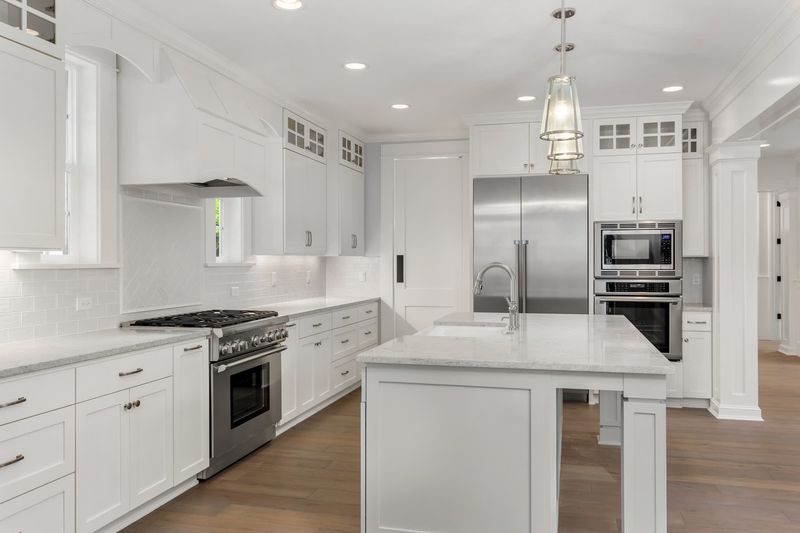
Remember when we couldn’t get enough of those clinical, pristine white kitchens? D.C. homeowners are finally breaking up with this sterile look. All-white kitchens show every speck of marinara sauce and coffee splash.
The maintenance alone has driven many Washingtonians to seek cozier alternatives. These spaces often felt more like operating rooms than the heart of a home, cold and unwelcoming after the initial wow factor wore off.
2. Glossy Subway Tile Backsplashes Losing Their Shine
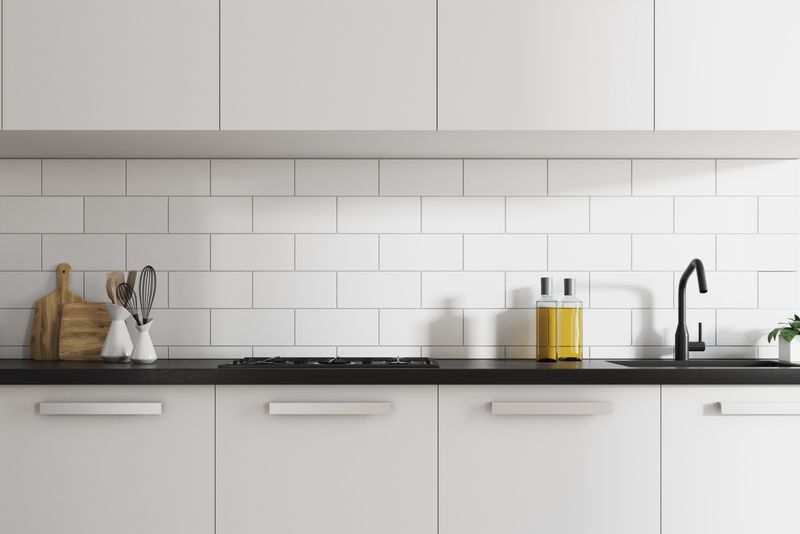
Those shiny white subway tiles that once dominated every Pinterest board? They’re rapidly becoming the flip phone of kitchen design in the District. Glossy finishes collect water spots and fingerprints like politicians collect business cards.
Subway tiles also scream “I renovated in 2015!” louder than a Metro announcement. While classic in theory, the ubiquitous 3×6 white glossy arrangement has simply saturated the market to the point of visual exhaustion.
3. Overly Ornate Cabinetry Getting The Boot
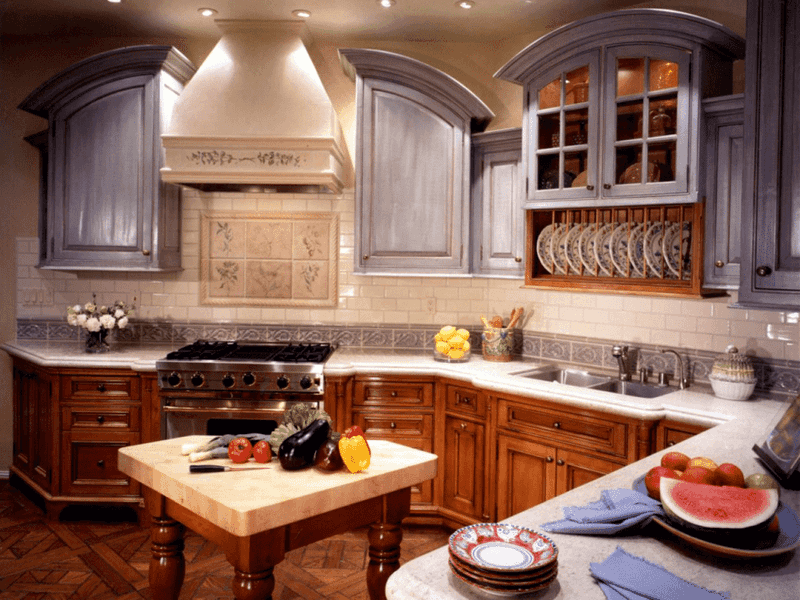
Goodbye, cabinet curlicues and fussy detailing! Those ornate cabinet fronts with more scrollwork than the Constitution are falling out of favor across D.C. neighborhoods. Heavy ornamentation collects dust in all those carved crevices.
The Capitol Hill crowd especially has moved away from these high-maintenance options. Ornate cabinetry often competes with the architectural character found in many of D.C.’s historic homes, creating visual chaos rather than complementing the original bones of these beautiful spaces.
4. Pot Racks And Hanging Cookware Collecting Dust

Those ceiling-mounted pot racks once seemed so chef-worthy and practical. Now they’re just dust collectors that D.C. homeowners are taking down faster than campaign posters after election day. Nothing says “I never actually cook” quite like pristine copper pots hanging for show.
Beyond the dust issue, these overhead features make small D.C. kitchens feel cluttered and claustrophobic. The visual noise of dangling cookware creates a busy ceiling plane that brings the whole room down, literally and figuratively.
5. Industrial Pendant Lighting Switching Off
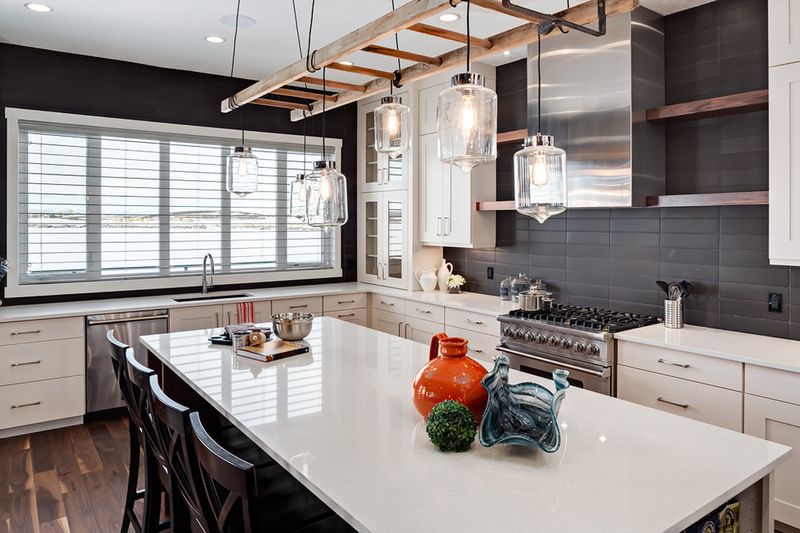
Those Edison bulb pendants and factory-style fixtures that once hung over every D.C. kitchen island? They’re powering down across the District.
The industrial look that seemed so edgy now feels as outdated as a fax machine. These harsh fixtures often cast unflattering shadows that make food prep challenging.
Industrial lighting had its moment in the spotlight. However, the exposed bulbs and metal cages have become visual shorthand for “trendy 2010s renovation” rather than timeless design that complements Washington’s diverse architectural styles.
6. Faux-Distressed Finishes Fading Away
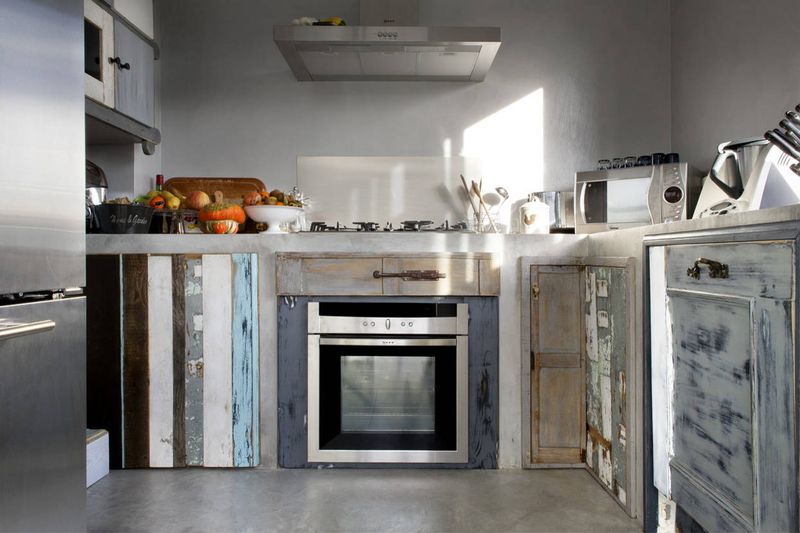
Those artificially aged cabinets and deliberately distressed furniture pieces are losing favor faster than approval ratings during a scandal. Homeowners have realized that fake wear and tear just looks, well, fake.
The chalky, shabby-chic finishes collect grime in all the wrong places. Faux-distressed elements often clash with the authentic character and history found in many Washington homes.
Why fake age and patina when many District homes already have genuine historic charm worth highlighting?
7. Warm Neutral Color Palettes Standing Strong
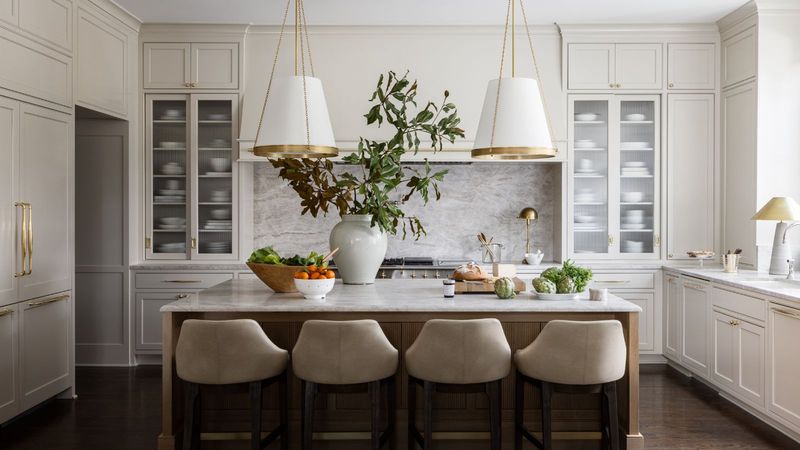
Soft taupes, gentle grays, and creamy off-whites continue winning elections in D.C. kitchens year after year. These warm neutrals create a welcoming atmosphere while avoiding the clinical feel of stark white spaces.
The District’s professionals appreciate how these colors form a versatile backdrop for rotating seasonal decor.
Warm neutrals also beautifully complement the natural light patterns typical in D.C.’s historic row houses and Colonials. They’re adapting to both morning brightness and evening ambiance while maintaining a consistent, sophisticated feel.
8. Shaker-Style Cabinetry Maintaining Popularity
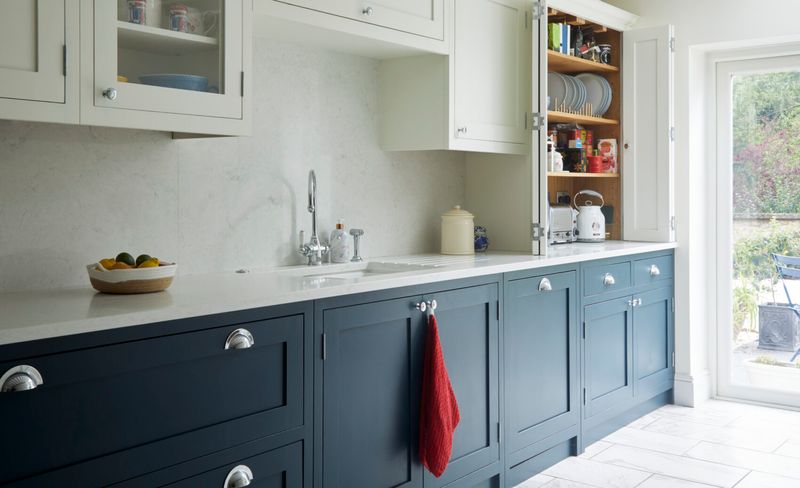
Clean lines and simple frames continue to win the popular vote in District kitchens. Shaker cabinets strike that perfect balance between too plain and too fussy, just like a well-crafted bipartisan bill.
Their versatility allows them to adapt to both contemporary and traditional D.C. homes.
The straightforward design of Shaker cabinetry creates a timeless foundation that can be dressed up or down depending on hardware choices and surrounding elements. The perfect diplomatic choice for Washington’s diverse architectural landscape.
9. Natural Stone Counters Holding Their Ground
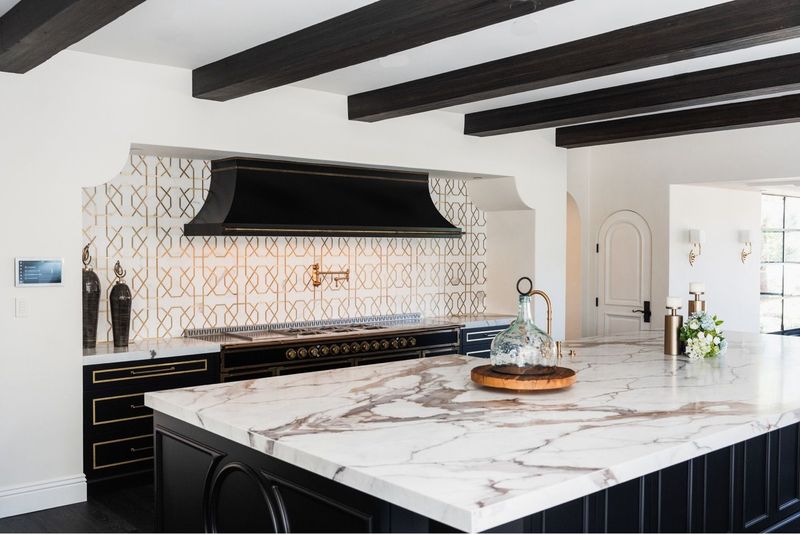
Marble and quartzite countertops continue their long-term appointment in D.C. kitchens. The subtle, natural veining in these materials adds just enough visual interest without overwhelming the space.
Washingtonians appreciate how these surfaces develop character over time, much like the city itself. Unlike their busy granite predecessors, these stones feature organic patterns that feel intentional rather than chaotic.
The cool touch and natural variation of marble and quartzite bring an element of sophisticated earthiness that resonates with the District’s blend of power and approachability.
10. Brass Or Matte Black Hardware Securing Votes
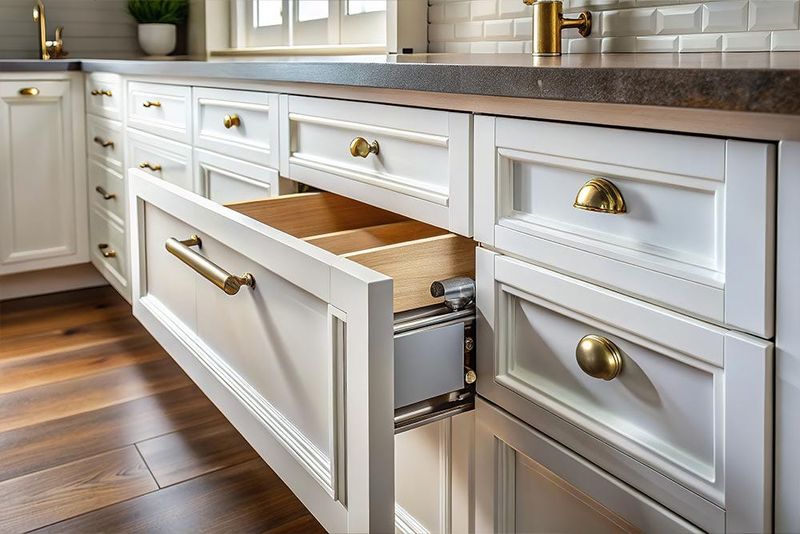
Hardware might seem like a small detail, but in D.C. kitchens, these metallic accents are making big statements. Warm brass and sophisticated matte black finishes continue gaining bipartisan support across neighborhoods from Georgetown to Capitol Hill.
These finishes add character without committing to a trend that will quickly date. Unlike the chrome and polished nickel of previous decades, these finishes develop a lived-in patina that tells a story.
They provide just enough contrast and visual punctuation to elevate the overall design without demanding center stage.
11. Concealed Appliances Maintaining Discretion
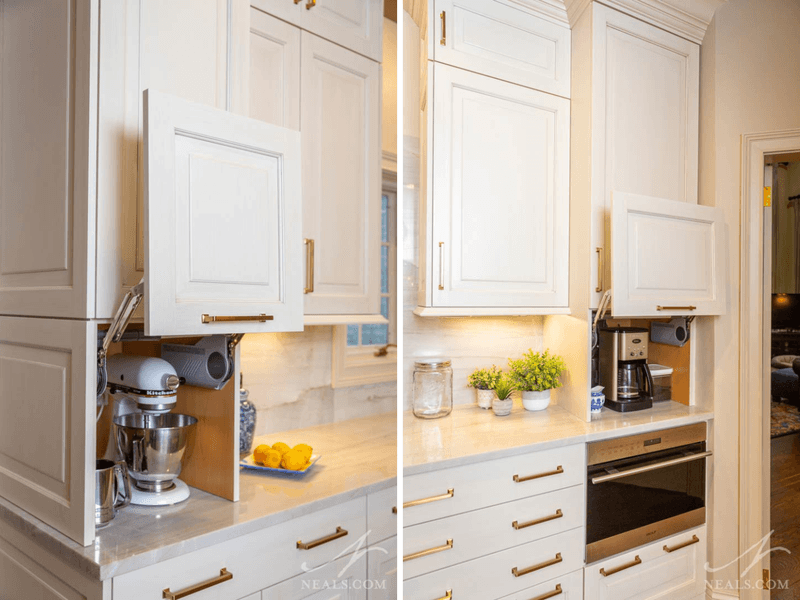
D.C. residents know all about keeping things behind closed doors, which might explain why hidden appliances continue trending strongly. Panel-ready refrigerators and dishwashers disguised as cabinetry create a seamless, sophisticated look.
This approach allows the kitchen to feel more like a living space and less like a utilitarian work zone. Concealed appliances particularly shine in open-concept D.C. condos and townhomes where the kitchen is visible from the living and dining areas.
The visual calm created by hiding these functional necessities allows other design elements to take center stage.
12. Heavily Patterned Granite Countertops Going Extinct
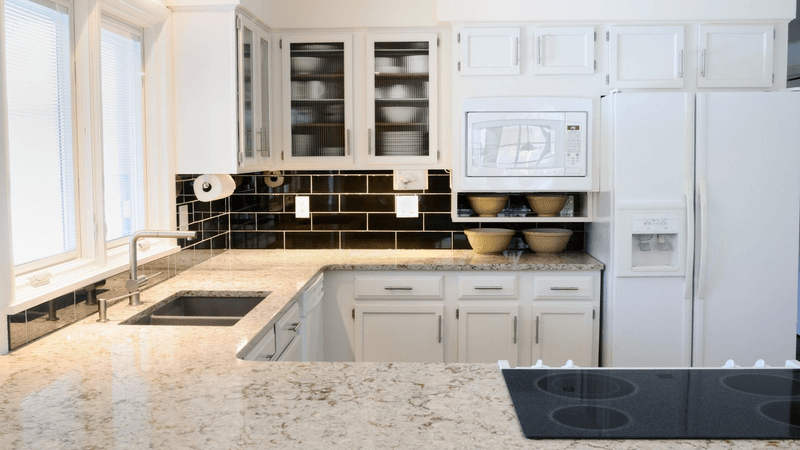
Those busy, speckled granite countertops that look like they’re having an identity crisis? D.C. homeowners are saying, “thank you, next.” The dizzying patterns that once symbolized luxury now date a kitchen faster than last season’s campaign slogan.
Heavily veined brown and gold granite especially screams early 2000s McMansion. These surfaces often visually compete with everything else in the kitchen, making the space feel chaotic and overwhelming.
13. Custom Built-Ins Creating Lasting Impressions
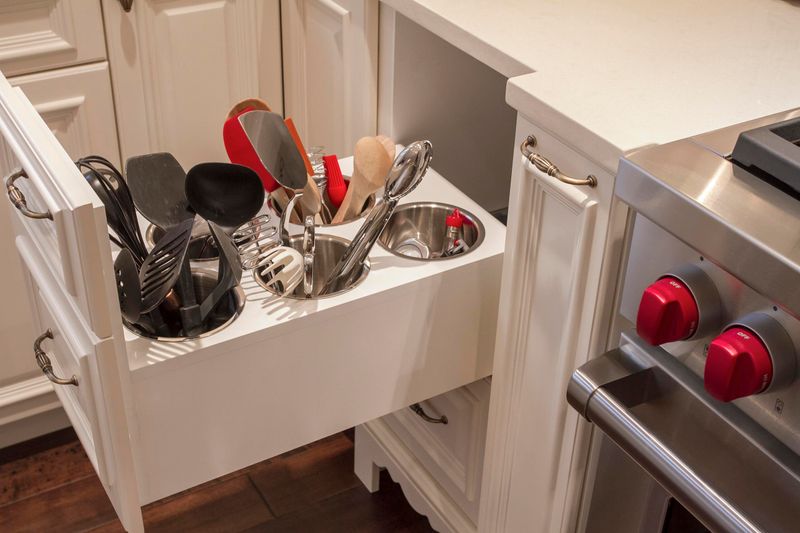
Smart storage solutions tailored to specific needs are winning more approval than a budget increase. Homeowners continue investing in custom pantry systems, specialized drawers, and thoughtful organizational elements.
These built-ins transform how Washingtonians interact with their kitchens daily. Custom solutions address the storage challenges common in historic D.C. homes while maximizing every square inch. Particularly valuable given the District’s premium real estate prices.
Unlike trendy organizational systems, these architectural solutions are designed to stand the test of time while adapting to changing needs.
14. Integrated Task Lighting Illuminating Work
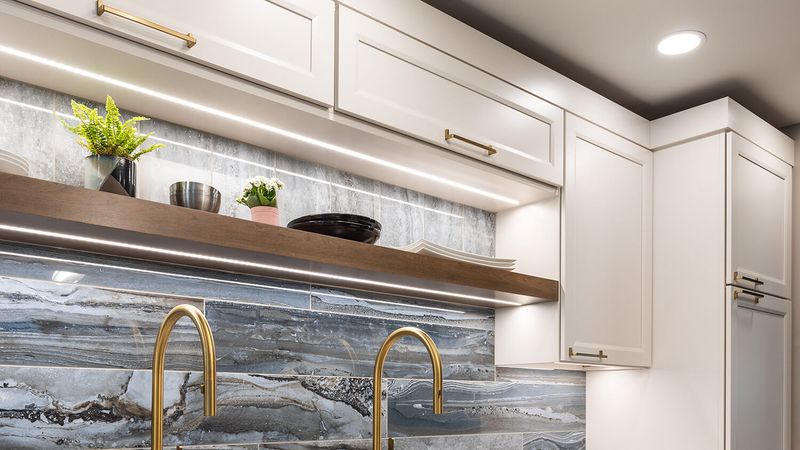
Strategic lighting continues brightening the outlook for Washington D.C. kitchens. Under-cabinet LEDs, interior cabinet lighting, and well-placed recessed fixtures create layers of illumination that adapt to different needs and times of day.
This thoughtful approach eliminates harsh shadows and enhances functionality. District homeowners particularly appreciate how proper task lighting allows their kitchens to transition seamlessly from practical workspaces during meal prep.
It then becomes an atmospheric setting for entertaining, especially during the capital’s famously elegant dinner parties. The ability to adjust lighting levels creates versatility that matches the multifaceted lives of Washington professionals.
15. Timeless Wood Floors Cementing Their Legacy
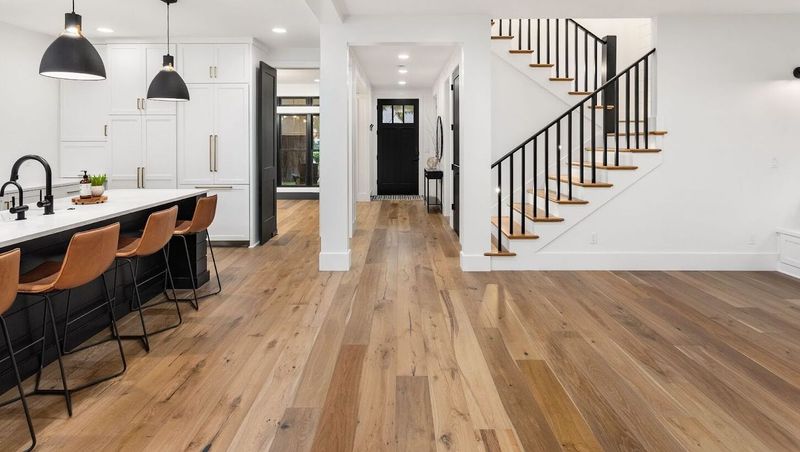
Hardwood flooring continues its long tenure in District kitchens. Medium-toned oak, walnut, and other classic species provide warmth and character that vinyl and tile alternatives simply can’t match.
These natural surfaces connect modern kitchens to Washington’s historic roots. Wood floors create visual continuity in open floor plans typical in updated D.C. homes, allowing spaces to flow together naturally.
Their ability to be refinished rather than replaced aligns with the sustainability values increasingly important to District residents. It’s actually proving that beauty can literally last for generations.

